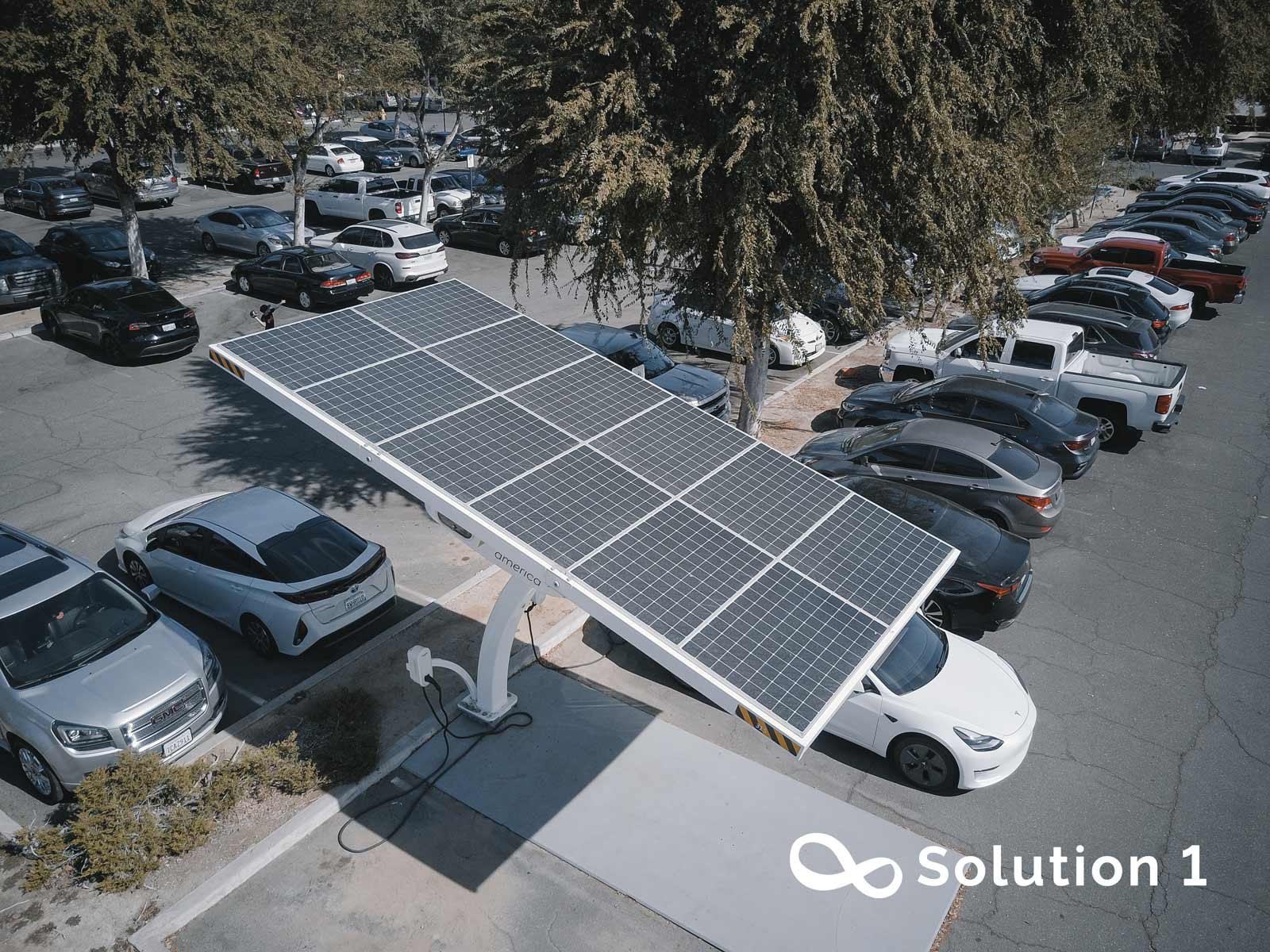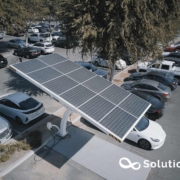Electric vehicle overloads: How efficient control frameworks can tackle fluctuations in the power grid.

The fast development of electric vehicles has caused a significant load on power grid systems, which require efficient control frameworks. The electric vehicle charging process places an excessive overload on the power grid and can cause fluctuations in the voltage and shortages in the supply. The mentioned issues were revealed during the peak demand period. Generally, the distribution of the utility grid is designed with a limited margin and overloading capacity due to the dynamic behavior of the electric vehicle charging process.
Additional loads would increase the risk of overloads for power lines and transformers, which can lead to extra energy losses and power quality degradation. Therefore, vehicle-to-grid, vehicle-to-building, and vehicle-to-vehicle concepts have been introduced to solve the mentioned obstacles and issues based on smart charging and discharging schedules to reduce the peak load and shape the load profile in the power grid.
According to a study in the USA, 90 to 95% of electric vehicles’ daily use is spent idle or parked in parking lots. In the vehicle-to-grid and vehicle-to-vehicle processes, the coordinated electric vehicles need to be charged and discharged frequently to receive power and send extra power to the grid and other electric vehicles. Millions of green kilometers were provided and a potential 71% of carbon emissions were saved by using electric vehicles alone compared to the use of fossil fuel vehicles.
A deterministic charging schedule of the electric vehicles was used to balance the generated and consumed power of the station and mitigate the surplus power supplied to the utility grid where the consumed power was decreased by a 4.5 kW. The total cost of building a battery energy management system in the presence of a PV system was minimized using the plug-in electric vehicle charging or discharging schedule.
The electric vehicles are considered to arrive between 6:00 a.m. and 8:00 a.m. with a state of charge varying between 10% and 50% and leave at random between 4:00 p.m. and 8:00 p.m. with a state of charge between 70% and 100%.
Roughly 90% of the power plants run hours to meet the base load of power operation, and only 15 to 25% generation capacity improvement is required to match the peak power demand. Considering the major electric vehicles host countries, such as China, the United States, European Union, and India, the peak demand can be around 600 GW by 2030. The total electric vehicle fleet deployed across these regions can host onboard batteries lumped to 16,000 GWh. Current research estimates only 60 to 80% of the nominal electric vehicle battery utilization capacity could be attained.
It is observed that nearly 10% of the total energy coming from the electric vehicle batteries, using a 3 kWh charger, is lost in the dc to ac power inversion process. Considering the worst-case scenario, with 60% utilization of battery capacity and 20% loss in the inversion process, the available power to the grid from the batteries across the abovementioned regions lumps to 7680 GWh, enough to meet the peak demands with a 1500 GWh surplus.
The projected power shared from the electric vehicle batteries would exceed the capacity of additionally erected peak power plant infrastructure by 2030. The ultimate technically feasible electricity contribution from the available electric vehicle fleet battery storage can rise roughly by 2000 GW annually until 2030. According to the projection, the number of battery electric vehicles and plug-in hybrid electric vehicles would be roughly double every five years till 2030.




